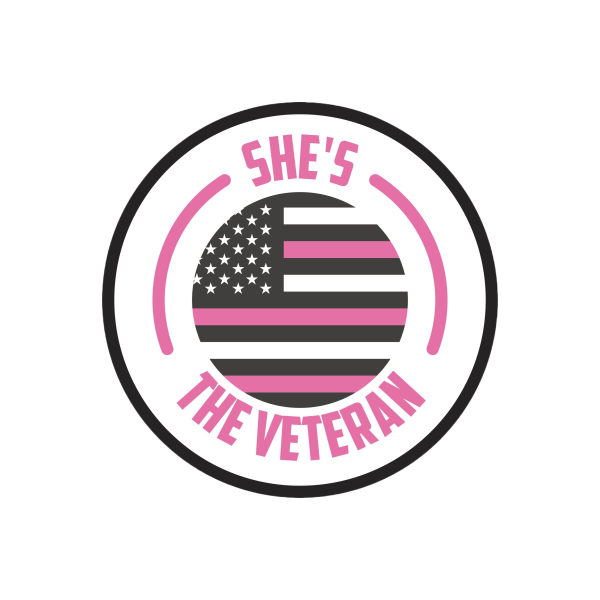I don’t want to sugar coat this, transitioning out of the military is overwhelming! It can be daunting to work out the timeline for everything there is to be done. So many questions: when to start what, what resources to utilize, and what does life after the military look like?
I have yet to meet someone that finds their favorite part of the transition process to be building a resume. While on active duty, I had put little thought into how I would translate the skills I was gaining into a language employers would understand. The military can be consuming, and my focus was on getting through the day to day, not how to explain that I have great skills because I sat in a tower in Afghanistan conducting perimeter security. I’m certain that my weapon qualifications were not what the business world was looking for. What exactly were they looking for and where would I start?
This article will look at how to dig in and begin the daunting task of completing your post military resume. This also includes creating a focus. I found difficulty in putting a name to what I wanted.
There are two basic aspects to consider when translating skills and figuring out a path; 1. Taking military skills and presenting it in a way that is understood by the public. 2. Writing it in a way that reflects the career direction you are wanting to take.
Translating for the job you want:
When I separated from the Air Force, I had spent six years as Security Forces. I didn’t aspire to continue down a law enforcement path and it was extremely daunting to figure out where to even start.
Examples of what some of those translations ended up looking like for me:
1. Military: RTC CADRE; conducted classroom and field training at USAF’s largest Security Forces combat pre-deployment training center.
Civilian: Managed and implemented training involving subject matter expertise: Emphasized importance of extensive job knowledge to enhance safety. Created and instructed training material both in a classroom setting and field operations. Provided to approx. 3,000 Air Force Security Forces annually.
2. Military: Deployed as FTM to Bagram Airfield, Afghanistan in support of OEF—secured 3.6B in combat ready resources
Civilian: Operated under hazardous conditions while leading and supporting a team of five individuals. Gained valuable leadership skills through personnel management, logistics, and operations.
How did I get to the above?
There are three key factors I focus on when working on my resume and distinguishing a career direction:
•Identify
•Research
•Convert
Identify: What is the job I want? Seems like a simple question, but it can feel far from simple. It can be easier to break it up and look at it in pieces. I consider 3 specific pillars to help identify: passion, location, lifestyle.
I placed passion at the top for a reason. Finding a passion is a great starting point and often leads to a more satisfying transition. I started by thinking about my strengths and remembering the pieces of the military or before the military that I deeply enjoyed. I had to give myself permission to follow this new path and learn to love the process of it all.
Location plays a supporting role. I had to ask myself if I was willing to move and where or maybe I just wanted remote work which would provide me the option to move when/if I was ready. This could help to narrow or widen a search.
Lifestyle includes monetary compensation and work/life balance. Just like military spouses, female veterans often find themselves underemployed. I went through my ups and downs of trying to not only figure out what my worth was but be confident enough to go after it. I looked forward to a steadier schedule after the military and I made that part of my focus when figuring out the type of job I wanted.
Research: Once I figured out the direction I wanted to go, where I wanted to live and the salary, I could live with I was able to start the research. Starting by looking up the jobs that were currently open and available helped to give a good idea of what my prospects were. Once I found a few that I was interested in I would google resume examples for the same titles. This helped to give an idea of what a good bullet point may look like and start to think about translating my skills to match.
Convert:
Don’ts
· Avoid using military titles and abbreviations (unless they are relevant): Flight chief, NCOIC, Desk Sergeant, etc.
· Don’t add experience that doesn’t match the job you are applying for or work on converting it.
· Don’t discount the volunteer work that most of us do while active duty, it can help to fill in skills that you may not feel you have
Dos
· Work on converting skills before discounting them completely
· Ask for help when needed, there are resources to help with some of the translations
· Recognize that it’s a work in progress and may take time
The final step is to review and edit. It takes a lot of work to get to the final product and sometimes it can be easy to overlook mistakes. I found it helpful to utilize coworkers or friends I trusted to help catch anything little I may have missed.
This overall process is a lot of work, can be frustrating, and extremely discouraging at times, but don’t give up! When a wall pops up do what you have been trained to do and find a way either through it or around it, or at the very least use it as cover and keep aiming!
Another great resource:
Hiring Our Heroes: Resume Engine
Article by Adrene N. Wike, US Air F Combat Veteran


